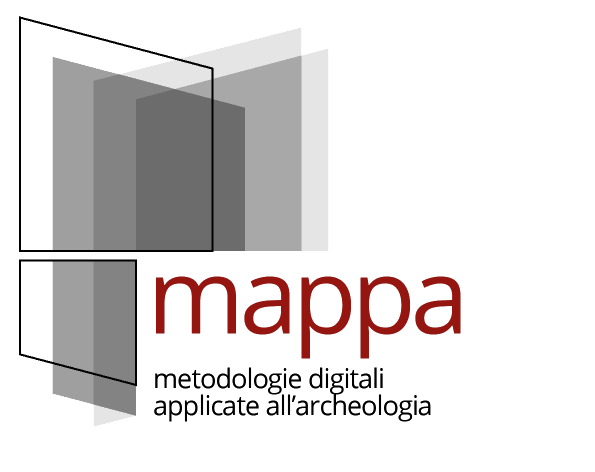TOM – Traces of Movements
(2022-2024)
The forced migrations and displacement we witness daily represent only the latest chapter in millennial history that has involved the movement of people and populations between different areas of the planet. Short- and long-range movements, dilated or compressed in time, linked to wars, discrimination, and environmental, political, economic and humanitarian
crises have led to encounters, confrontations and clashes of different people, mentalities and societies and have given rise to phenomena of hybridization, exclusion and inclusion. Within these movements, objects, people and the environment with their agencies are knotted and intersected in a complex network of relations between humans and non-humans.
Migration studies have a long tradition at the level of each discipline, such as archaeology, cultural anthropology, contemporary history, and, more recently, big data analytics. However, only rarely has the effort made to break out of peculiar points of view.
The project aims to reconnect the individual segments of a complex topic, such as migration mobility in space and time, from its material and immaterial traces, through interdisciplinary reflection. Combining complementary looks, methods and skills, it will reason inclusively and extensively about the social and cultural complexity of a phenomenon that has taken on different forms and meanings over time and space.
The main objective of TOM is to offer an articulate and multifocal reading of the complex relationships woven in connection with migration, starting from the tangible, intangible and digital traces and their positioning in space and time through collaboration between different disciplines:
(i) archaeology, which documents and analyzes the material traces left by people on the move in places of migratory travel and landscapes of forced displacement;
(ii) cultural anthropology that reflects on processes and practices that have narrated migration, have collected its objects and transmitted narratives, representations and imaginaries;
(iii) contemporary history that proposes the drafting of the new social history of wartime displacement through the reading of a historical ecosystem in which rigid constraints and spaces of the agency are intertwined for the actors who, at various levels, interacted with each other;
(iv) information technology that, as big data analytics, works on the data produced by communications between and of people in displacement to explore relationships and expectations;
(v) visual communication that builds new narratives through the eye of the camera, helping to define a dialogue with the audience.
TOM will seek to conduct actions aimed at supporting greater social awareness of the complexity of the relationships that make up migration phenomena to foster positive attitudes of welcome, inclusion and coexistence.
To do this, three different case studies distinct in spatial and temporal location will be investigated:
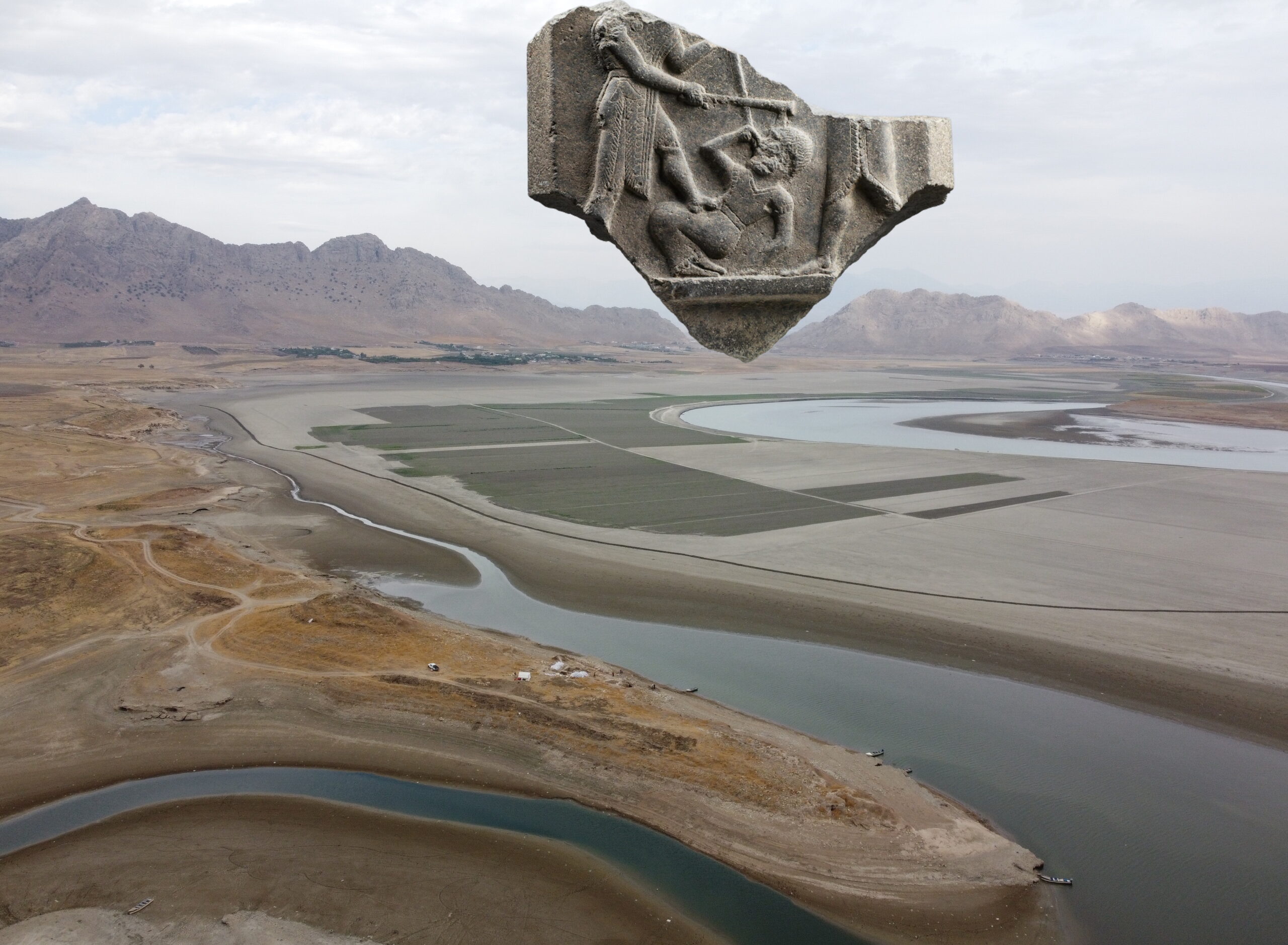
a) Forced Migration: A case of Deportation in Ancient Kurdistan
The project will provide analysis of a very early case of forced migration, exceptionally well-documented by both textual and archaeological evidence. The case concerns deportation of a large segment of the population in the Plain of Rania (Iraqi Kurdistan) to the lowland kingdom of Shamshi-Adad I (ca. 1833-1776 BC), which eventually resulted in the formation of a new diaspora state there and the migration that occurred in the 1950s for the construction of the Dokan Dam.
The Rania Plain is being investigated by the "Pisa Archaeological Project", which has documented the ancient settlement context and its decline, while in the west, in the Plain of Erbil, French colleagues have identified and explored the most important settlement of the diaspora.
Analysis and comprehension of the dynamics of this scenario involves the written documentation, as well as investigation of some select archaeological sites in Kurdistan.
b) Sant’Anna di Stazzema and its surroundings: displacements, total war and migrations between the Apuan Alps and the Gothic Line (1940-1948)
The research will investigate the impact of the total war on the communities of the Apuan Alps, in particular on the town of Stazzema and the village of S. Anna di Stazzema where, on August 12, 1944, German troops carried out a massacre killing hundreds of people, locals, but also many displaced people from Versilia, other Tuscan provinces or from further afield.
What is affected by German violence is a new large community with porous boundaries that are not fully defined.
The lack of postwar justice prompted many to leave the area with a new displacement that would continue until the 1980s.
The project will carry on a bibliographic and archival survey and a series of interviews with family members of second and third-generation victims to reconstruct the families-even in their distant ties-understand how trauma was reprocessed and what meaning was attached to the space of places.
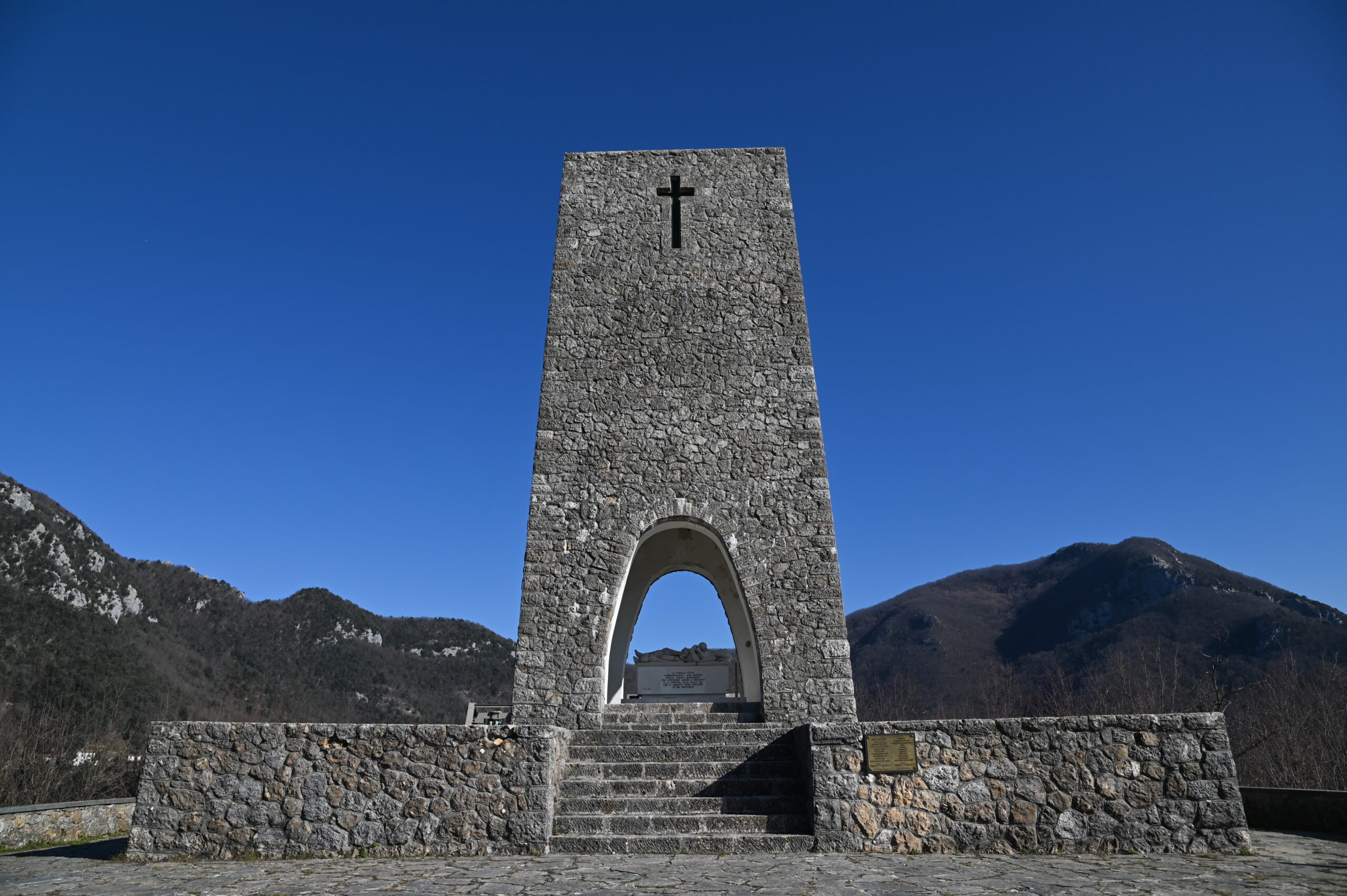
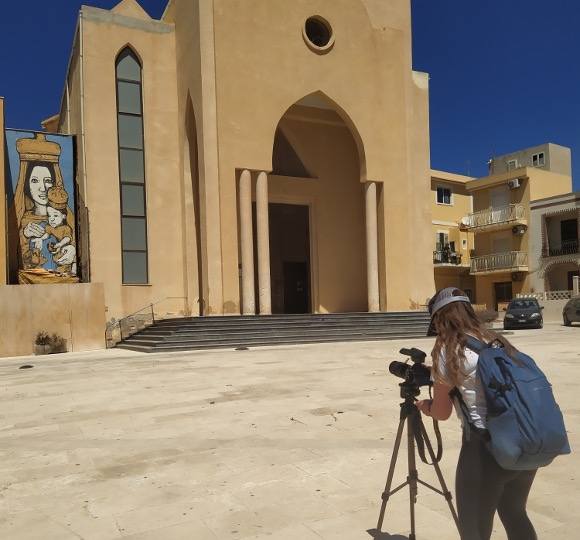
(c) Contemporary undocumented migration along the Central Mediterranean corridor.
Lampedusa is identified as the reference reality to investigate, by a transdisciplinary approach, the phenomenon of contemporary undocumented migrations and its relations with the border dimension.
Lampedusa has long been in the spotlight – media, academic, political, etc. – as a hub of undocumented migration. Moreover, it has been and is a land of immigration and has attracted and attracted people from privileged worlds who decided to make it an elective homeland.
It is, therefore, at the centre of global processes and flows that archaeological and anthropological research and audiovisual documentation can collect, contextualize, connect and narrate, starting from what the Island offers to external gazes: places, landscapes, objects, material and immaterial testimonies.
This focus aims to return to the present and the near past of the Island by trying out a participatory methodology of field survey and return, thus trying to enhance the public dimension of the knowledge involved.
The data collected, in their different forms, will also be integrated with analyzing the digital traces of migration. These include traces extracted from social media, such as Twitter and traditional media, accessed through the GDELT database (https://www.gdeltproject.org/).
The objective is to study the change in space and time of the languages used, of the topics discussed and of the sentiment towards migration. The results will be presented using dashboards to visualize the dimensions studied for integration with other project activities.
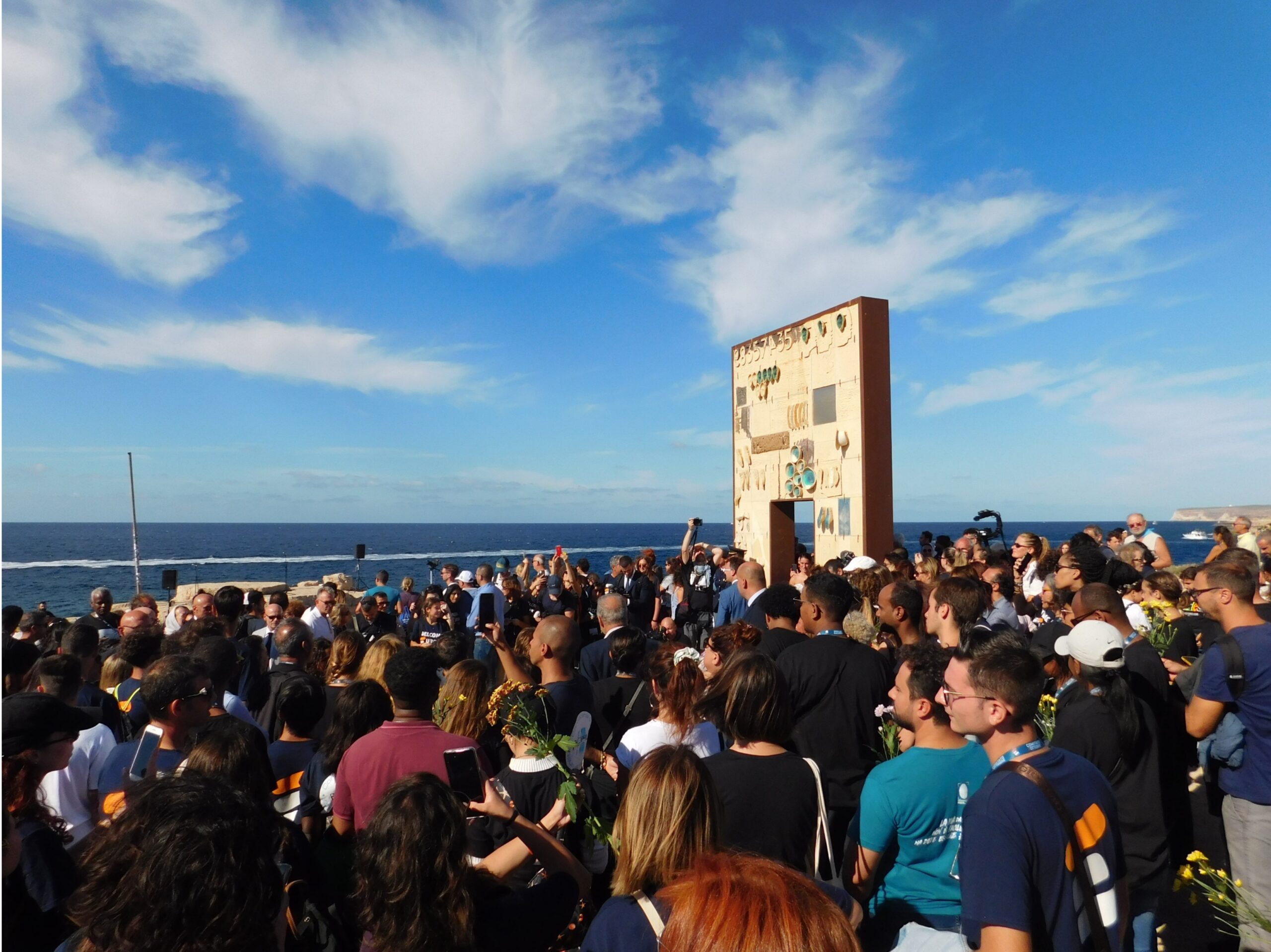
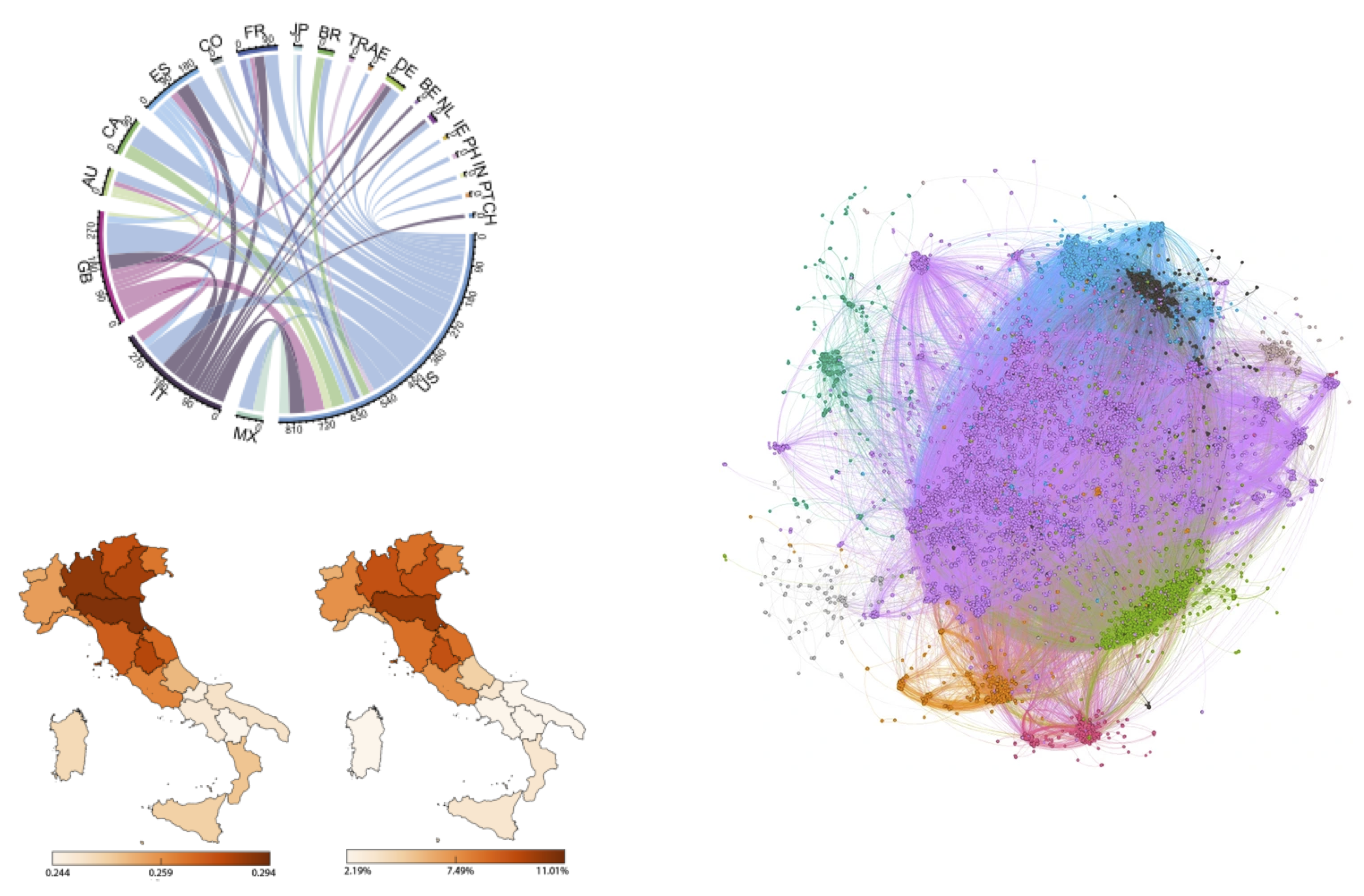
Tasks:
22-27 May 2023 – Fieldwork in Lampedusa (AG). Archaeological and anthropological documentation of iron boats arrived on the island during the last months.
Gabriele Gattiglia (Responsabile scientifico) gabriele.gattiglia@unipi.it
Francesca Anichini francesca.anichini@unipi.it
Mirco Carrattieri
Costanza Coppini
Caterina Di Pasquale caterina.dipasquale@unipi.it
Jesper Eidem jesper.eidem@unipi.it
Gianluca Fulvetti gianluca.fulvetti@unipi.it
Matteo Merlino
Alina Sirbu alina.sirbu@unipi.it
Laura Pollacci laura.pollacci@unipi.it
Emanuele Taccola emanuele.taccola@unipi.it
Nicola Trabucco nicola.trabucco@unipi.it
People who collaborate with TOM
Jacopo Acquistapace
Sofia Bisinella
Daniele Bonanni
Lorena Bravi
Simone De Varti
Flora Fodera
Francesca Lamonica
Andrea Malvaldi
Federica Natale
Elisa Paperini
Anna Fabiola Ricciu
Raffaele Voccia
Project financed with PRA funds (University Research Projects) of the University of Pisa
